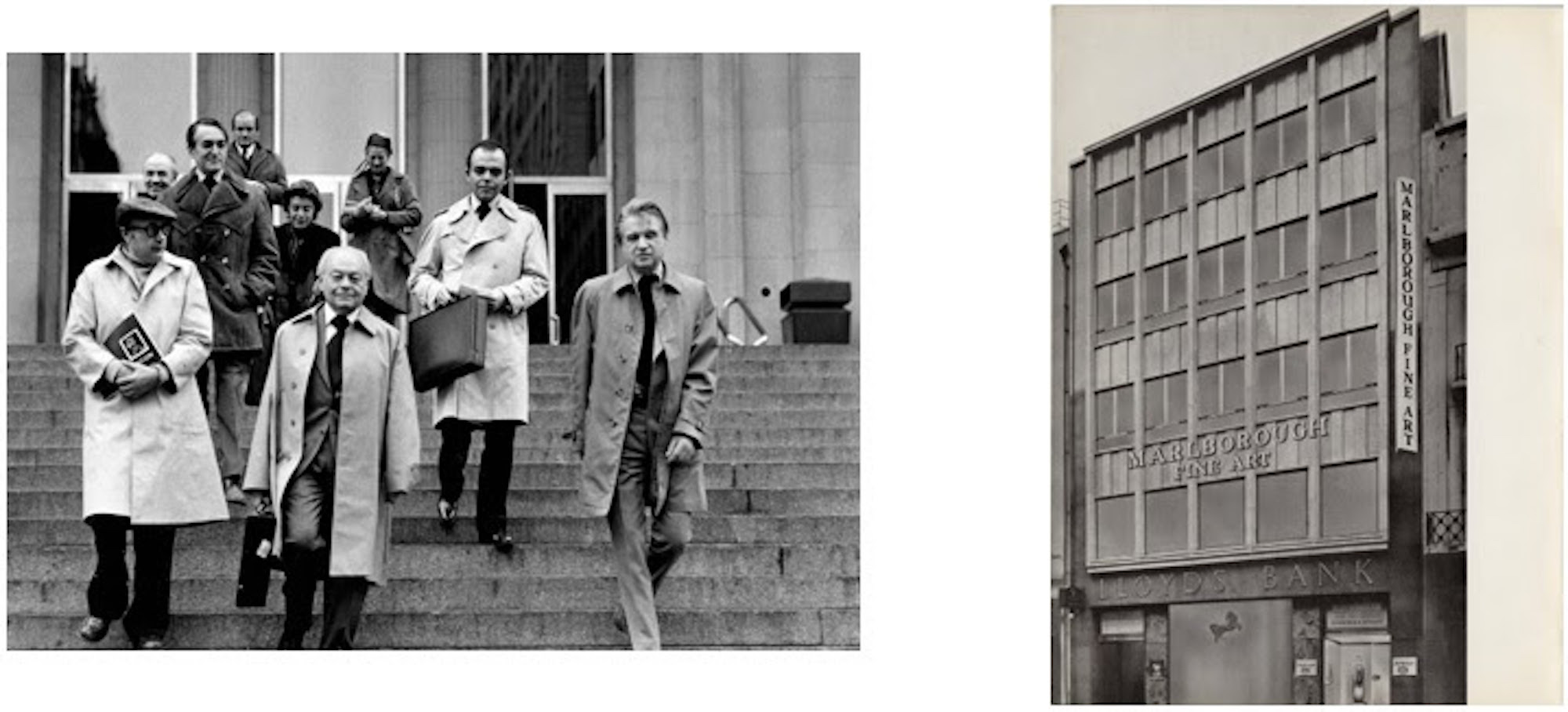with the impending closure of the gallery. This decision comes amidst a whirlwind of changes in the art world, where the traditional gallery model is facing unprecedented challenges. As we bid farewell to Marlborough Gallery, it is essential to reflect on its legacy and the broader implications for the art community.
Founded in 1944 by Frank Lloyd and Pierre Levai, Marlborough Gallery quickly established itself as one of the leading contemporary art galleries in the world. Over the years, Marlborough represented iconic artists such as Jackson Pollock, Mark Rothko, and Joan Miró, contributing significantly to the evolution of modern art. The gallery’s commitment to showcasing diverse artistic practices and fostering innovative dialogues made it a cultural powerhouse.
However, the closure of Marlborough Gallery is indicative of larger transformations within the art market. In recent years, we have seen a shift towards online platforms and digital spaces as primary avenues for art dissemination. The rise of social media and e-commerce has democratized the art world to some extent, allowing artists to directly connect with a global audience. This decentralized approach challenges the traditional gallery model, raising questions about its relevance and sustainability.
Furthermore, the art market’s insatiable appetite for blockbuster exhibitions and high-priced artworks has led to a concentration of power in a few mega-galleries. These dominant players use their financial muscle to snatch up major artists, monopolize resources, and control narratives. This narrowing of opportunities for emerging and mid-career artists creates an unlevel playing field, stifling creativity and diversity.
While the closure of Marlborough Gallery is undoubtedly a loss, it also opens up possibilities for reimagining the future of art institutions. This moment of transition calls for a reevaluation of the ways in which galleries engage with artists and audiences. It demands a critical examination of the structures that perpetuate exclusivity and inequality within the art world. It presents an opportunity to champion new, more inclusive models that prioritize collaboration, accessibility, and community-building.
As we bid farewell to Marlborough Gallery, let us remember the remarkable contributions it made to the art world throughout its 78-year history. Let us also seize this moment as a catalyst for change, envisioning a vibrant and equitable art ecosystem that nurtures the diversity of voices and ideas. The closure of one chapter can be the beginning of a new narrative, one that embraces innovation and reflects the evolving nature of artistic expression.
In the following article, we delve deeper into the challenges faced by traditional galleries, analyze the impact of digital platforms, and propose strategies to forge a more inclusive and sustainable future for the art community. Join us as we navigate the evolving landscape of contemporary art, guided by the rich legacy of Marlborough Gallery and a shared vision for a more vibrant and accessible artistic realm.

